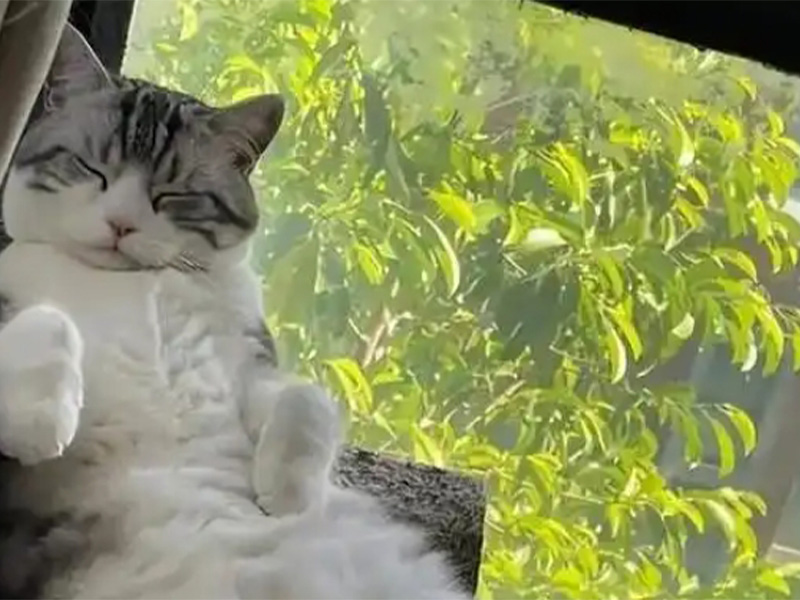
Every cat owner dreams of more time with their beloved feline companion. While the myth of cats having nine lives is comforting, the reality is that proactive care plays a pivotal role in how long and how well your cat lives. This guide distills five science-backed secrets into practical steps that will help maximize your cat’s lifespan, ensuring your “little tiger” remains a healthy, vibrant presence in your home for years to come.
Choose High-Quality, Species-Appropriate Nutrition
Cats are obligate carnivores—meaning they thrive on diets rich in animal proteins and fats. Feeding your cat an unbalanced or grain-heavy diet can lead to obesity, diabetes, and gastrointestinal issues.
• Read the Ingredients: Look for cat foods where the first three ingredients are named animal proteins (e.g., chicken, turkey, salmon). Avoid generic “meat by-products” and diets where grains (corn, rice, wheat) appear at the top of the list.
• Protein Content: Aim for dry foods with at least 30% protein (on a dry matter basis). Wet foods often have lower protein densities but higher moisture, so balance accordingly.
• Limit Treats: Reserve treats like freeze-dried liver snacks or hairball-control pastes for occasional rewards—no more than 5–10% of daily caloric intake.
• Hydration through Diet: Incorporate wet food or moisture-rich foods, which not only boost water intake but also support urinary tract health.
Ensure Adequate Hydration
Cats naturally have a low thirst drive—and in the wild would get most of their water from prey. Domestic cats often under-drink, increasing risks of urinary tract infections and kidney disease.
• Multiple Water Stations: Place several clean water bowls around your home, preferably ceramic or stainless steel to keep water tasting fresh.
• Drinking Fountains: Many cats are attracted to running water; investing in a cat water fountain can significantly increase their intake.
• Flavor Enhancements: Occasionally adding a splash of low-sodium chicken broth (no onions or garlic) can entice reluctant drinkers.
Rigorous Preventive Healthcare
Regular veterinary care is the cornerstone of early disease detection and prevention.
• Vaccinations & Parasite Control: Follow guidelines for core vaccines (FVRCP, rabies) and deworming schedules. Discuss with your vet the timing of booster shots and flea/tick/heartworm prevention.
• Dental Hygiene: Dental disease affects up to 80% of cats over three years old. Weekly brushing with feline toothpaste and routine professional cleanings can prevent periodontal disease and subsequent systemic complications.
• Spay/Neuter Benefits: Beyond preventing unwanted litters, spaying and neutering reduce risks of uterine, mammary, and testicular cancers, and can lower roaming behaviors that lead to injuries.
Enrichment & Exercise
Physical activity and mental stimulation not only maintain a healthy weight but also fend off boredom-related stress.
• Interactive Play: Dedicate at least 15 minutes daily to play sessions using wand toys, laser pointers, or feather teasers.
• Environmental Enrichment: Provide cat trees, scratching posts, and hiding spots (like boxes or tunnels) to satisfy natural climbing and hiding instincts.
• Safe Outdoor Access: If possible, train your cat to walk on a harness and leash, or install a secure “catio”—giving them fresh-air stimulation without the dangers of free-roaming.
Create a Safe, Stress-Free Home Environment
Minimizing hazards and stressors in your home can prevent accidents, poisoning, and chronic stress conditions.
• Toxin-Proof Your Space: Store houseplants like lilies, poinsettias, and philodendrons out of reach; keep chocolate, medications, cleaning products, and essential oils secured.
• Temperature Comfort: Ensure your home has cool zones in summer (with AC or fans) and warm, cozy spots in winter (heated beds or blankets).
• Litter Box Management: Maintain one litter box per cat plus one extra; scoop daily and fully change litter weekly. Choose unscented, low-dust substrates to avoid respiratory irritation.
• Respect Personal Space: Allow cats to retreat to quiet hideaways when they need downtime—avoid forcing cuddles or interactions if your cat prefers solitude.
Extending your cat’s life is not about finding shortcuts—it’s about consistent, loving attention to their physical and emotional needs. By implementing these five pillars—species-appropriate nutrition, hydration, preventive healthcare, enrichment, and a safe, low-stress environment—you’ll give your feline friend the best chance at a long, happy, and healthy life. After all, a well-cared-for cat is not just a pet, but a cherished family member whose purrs and playful antics enrich our lives every single day.
